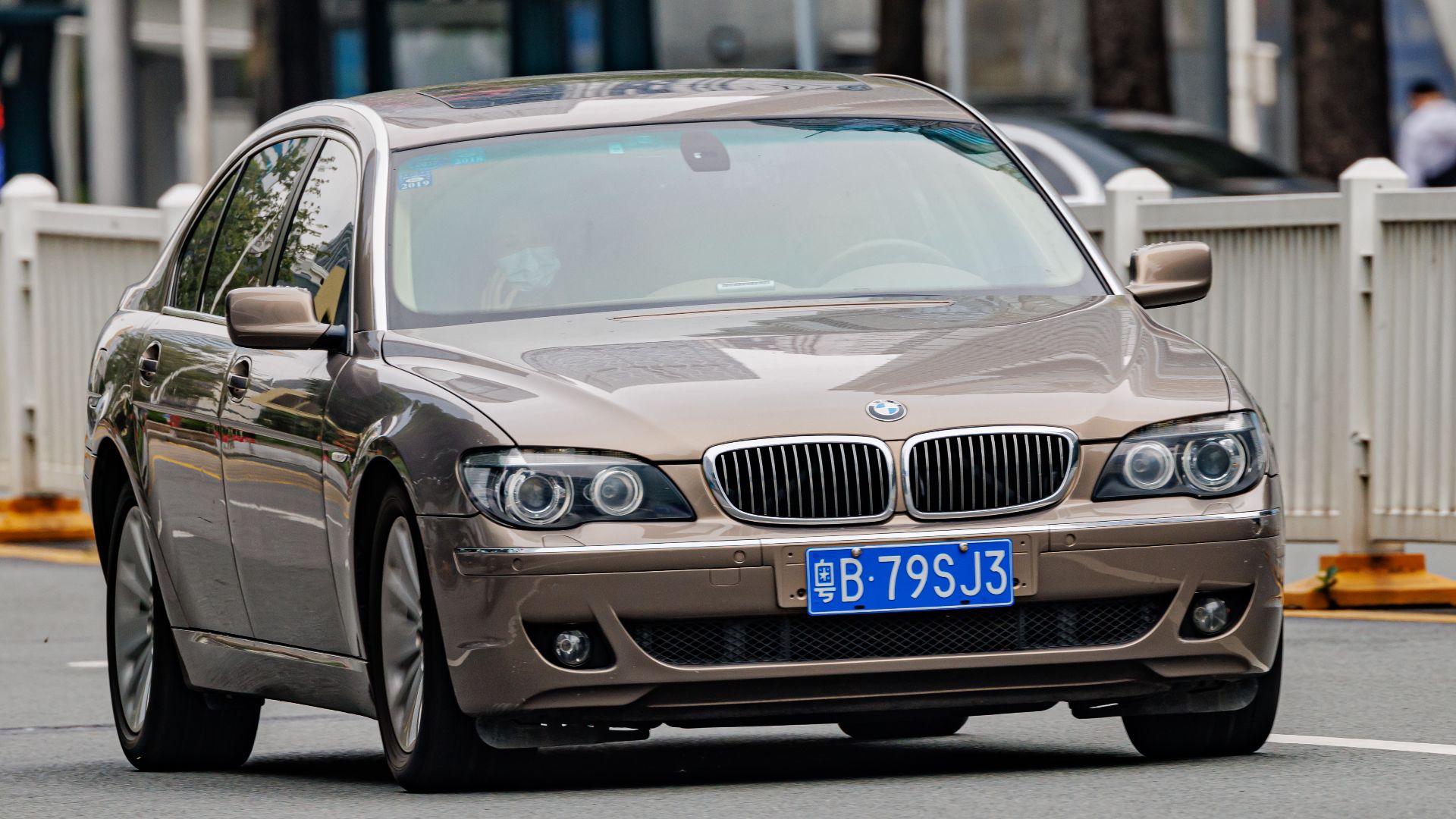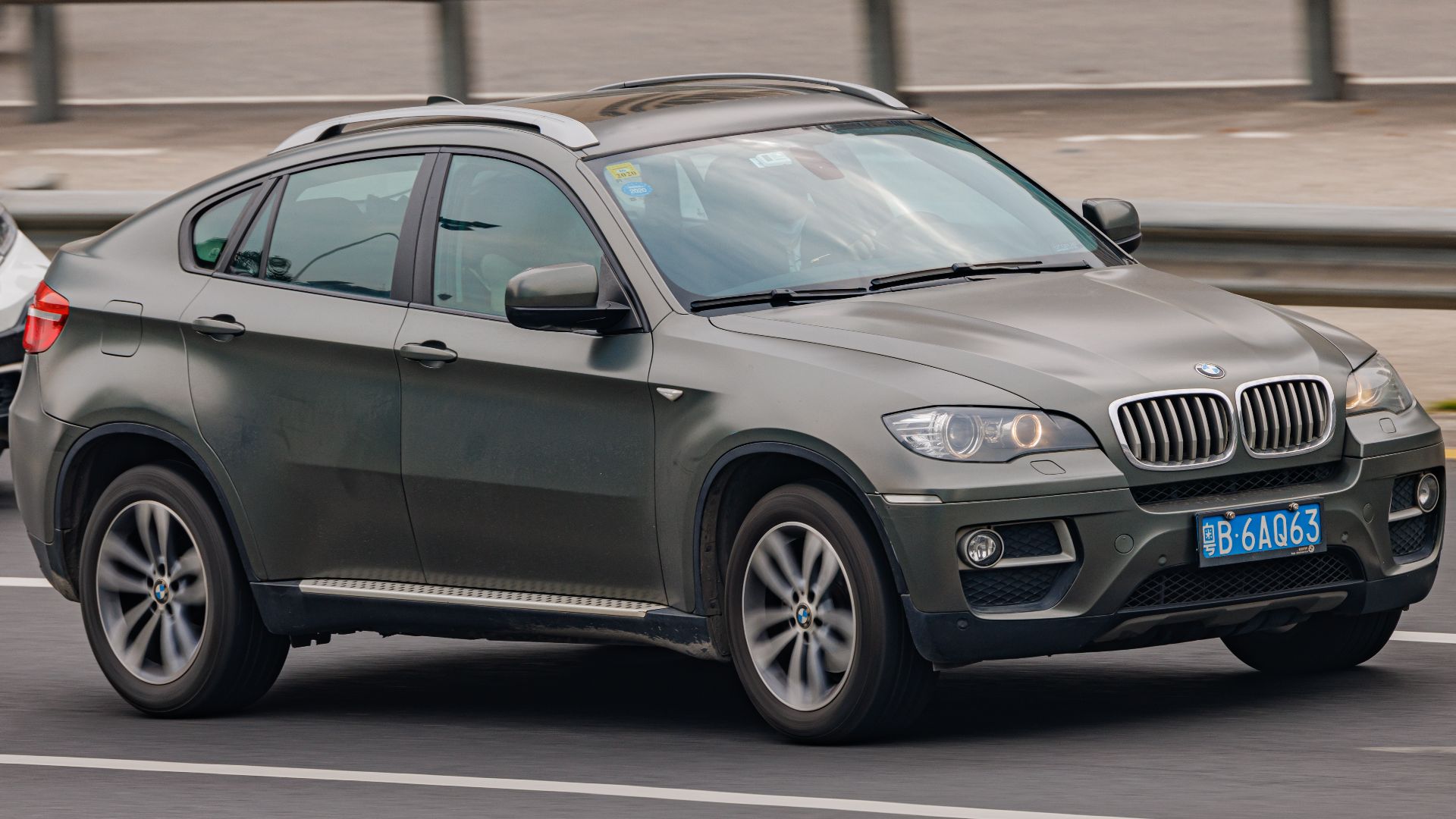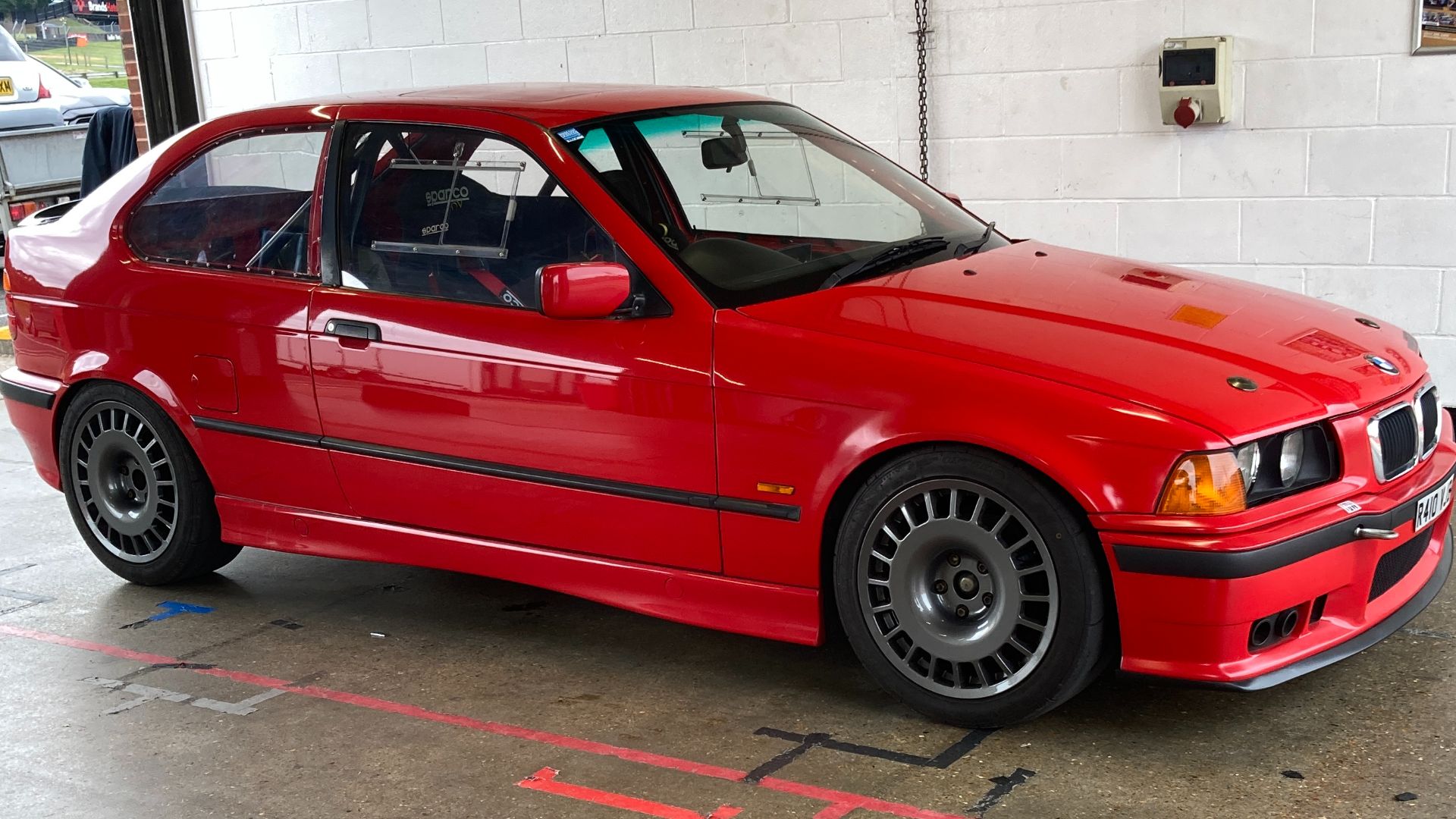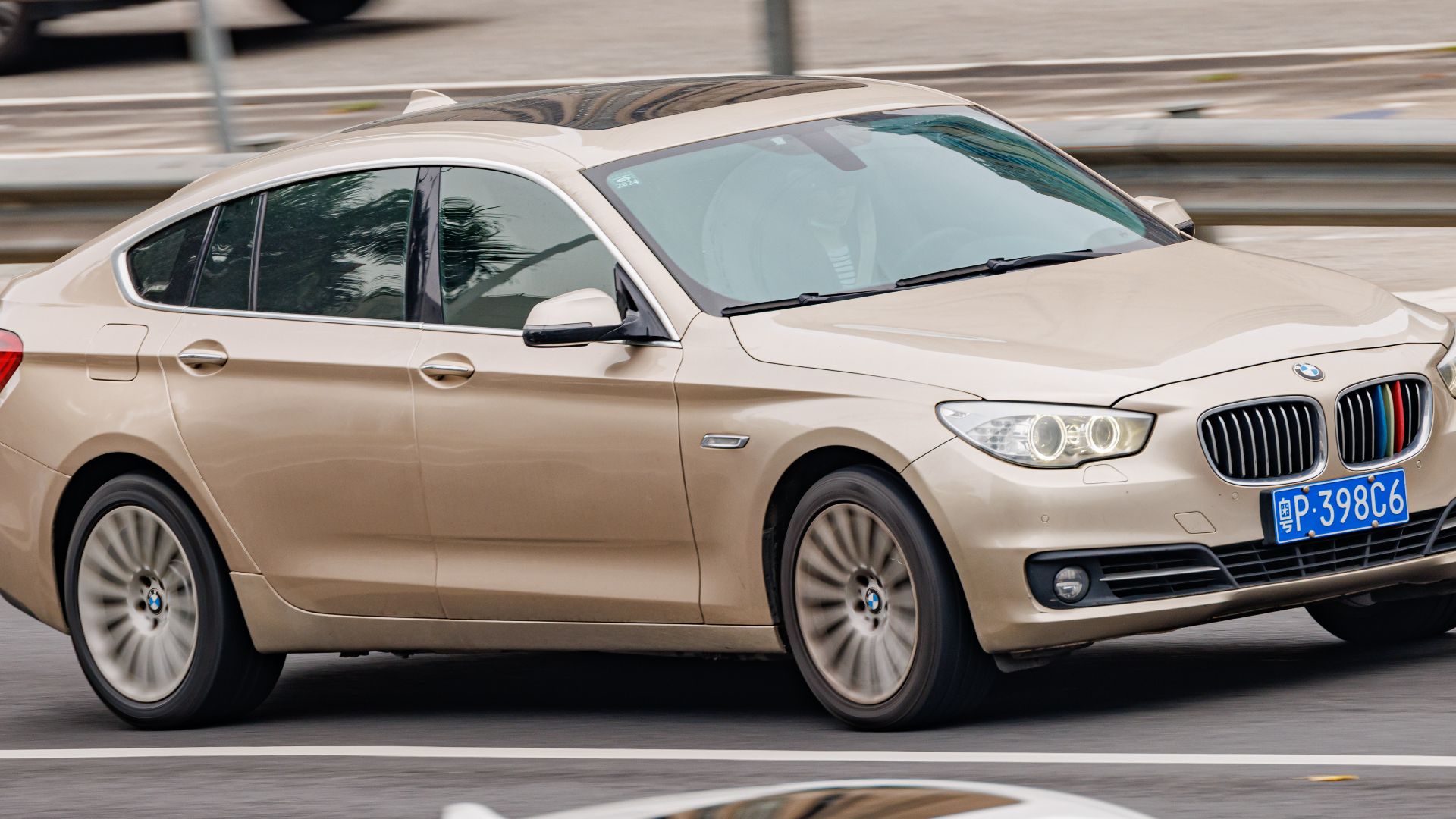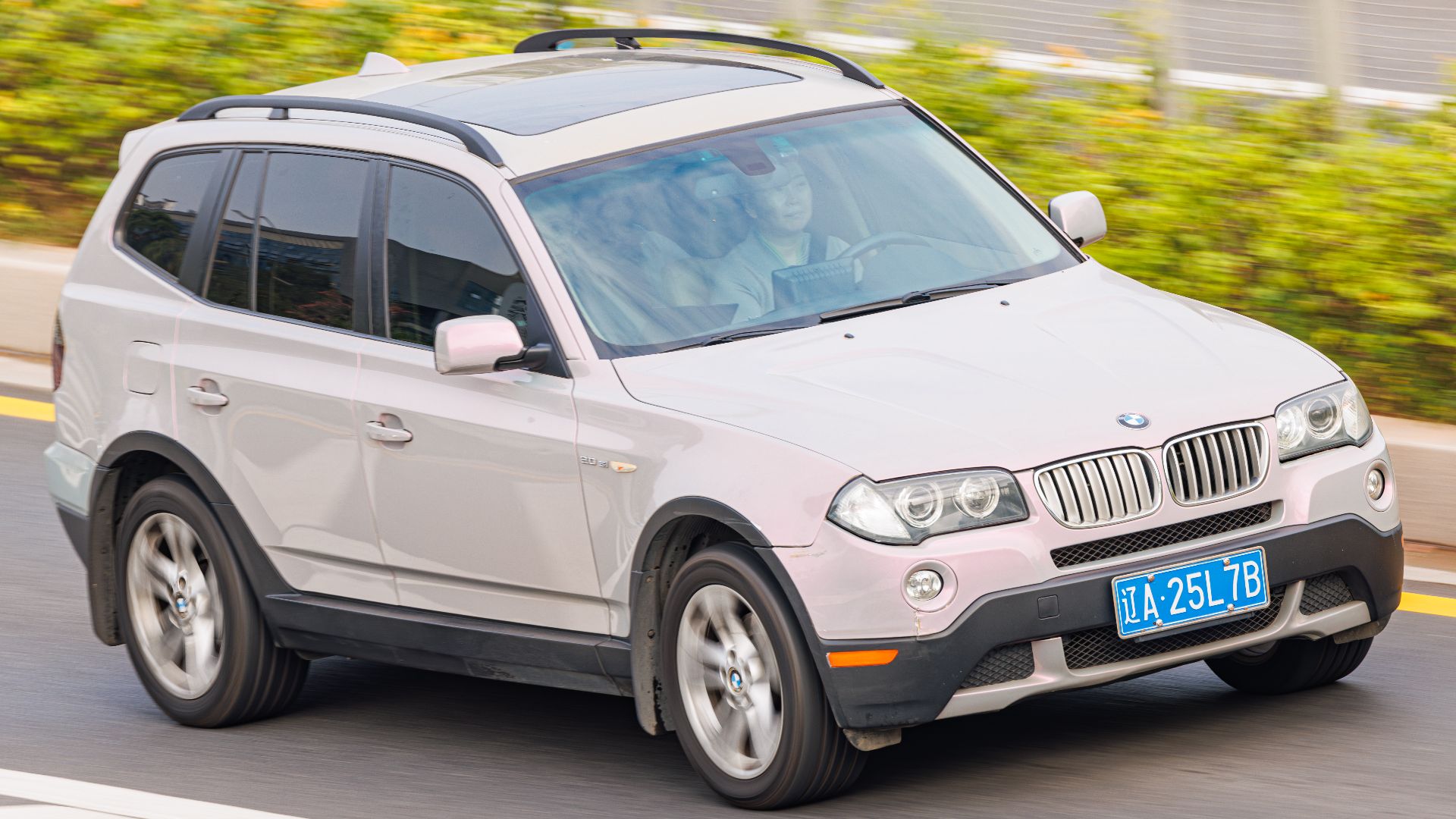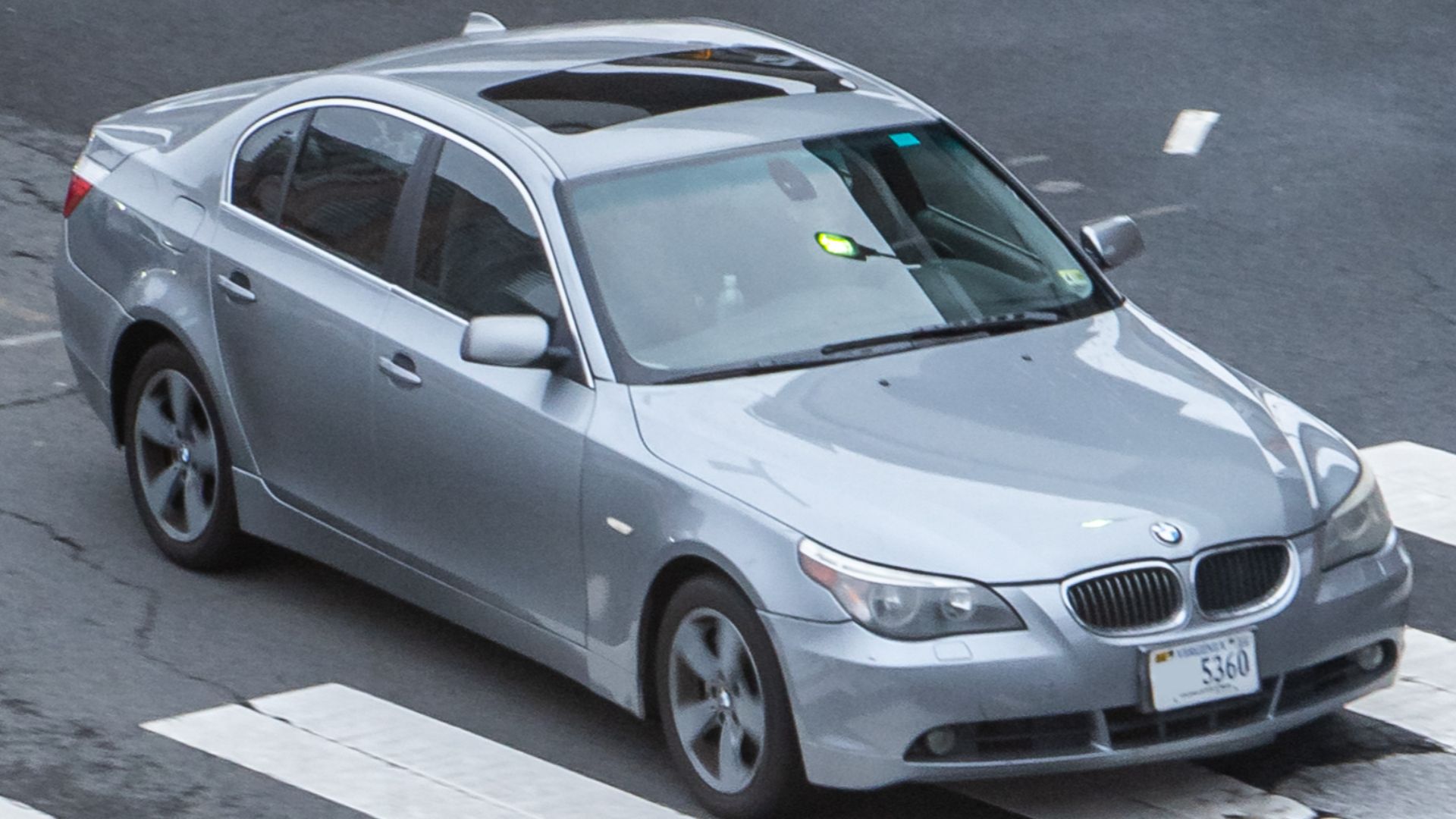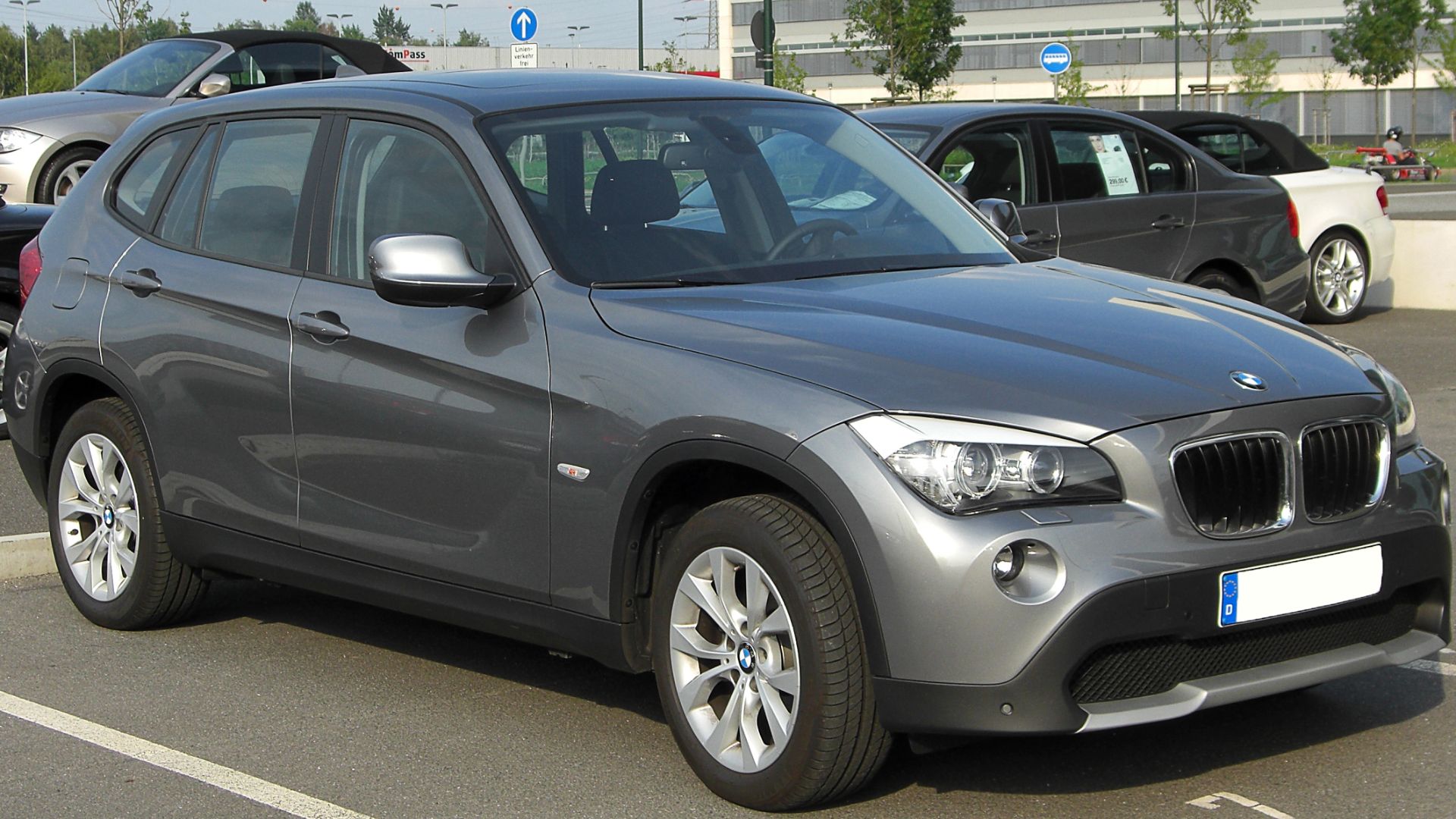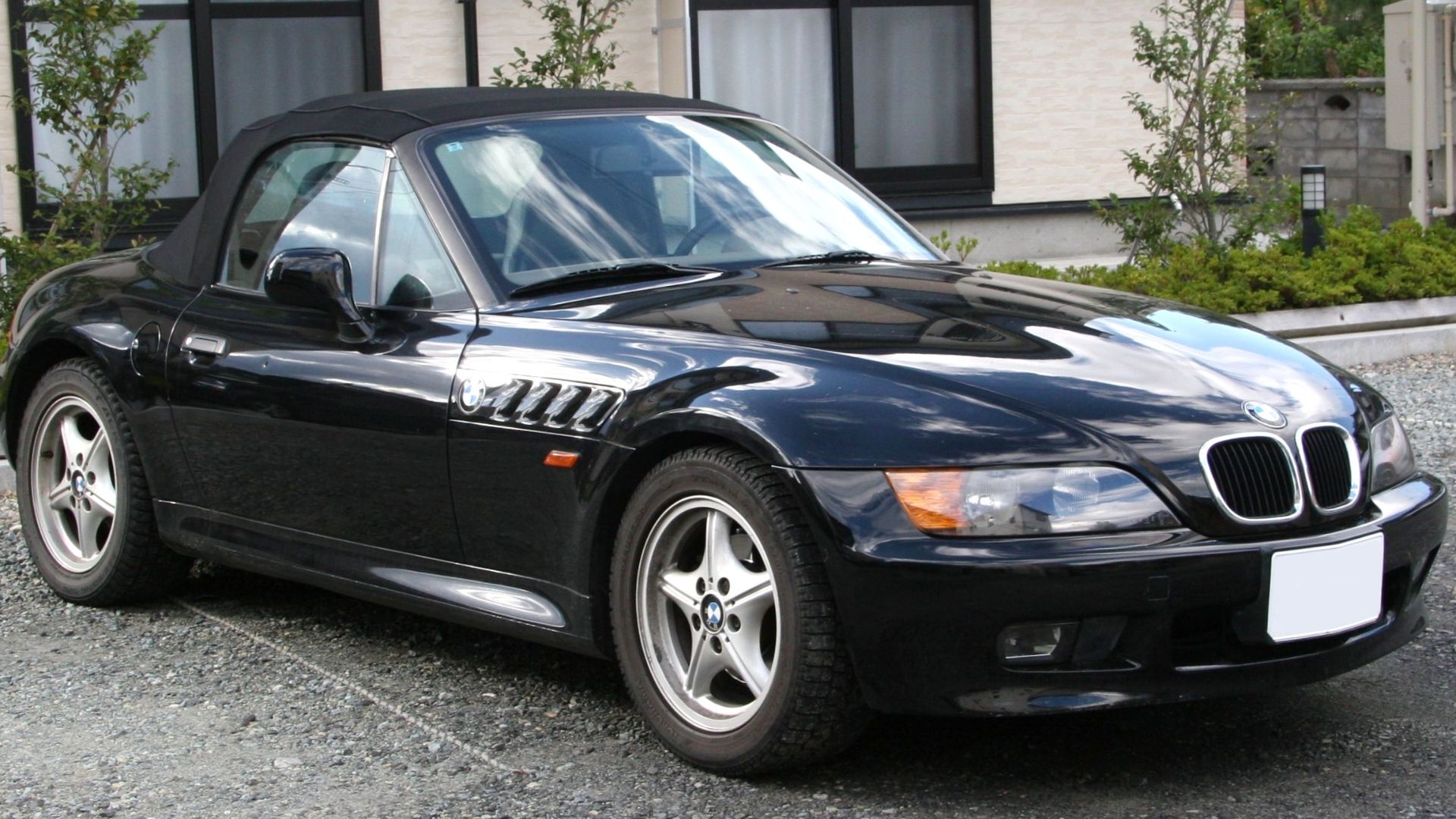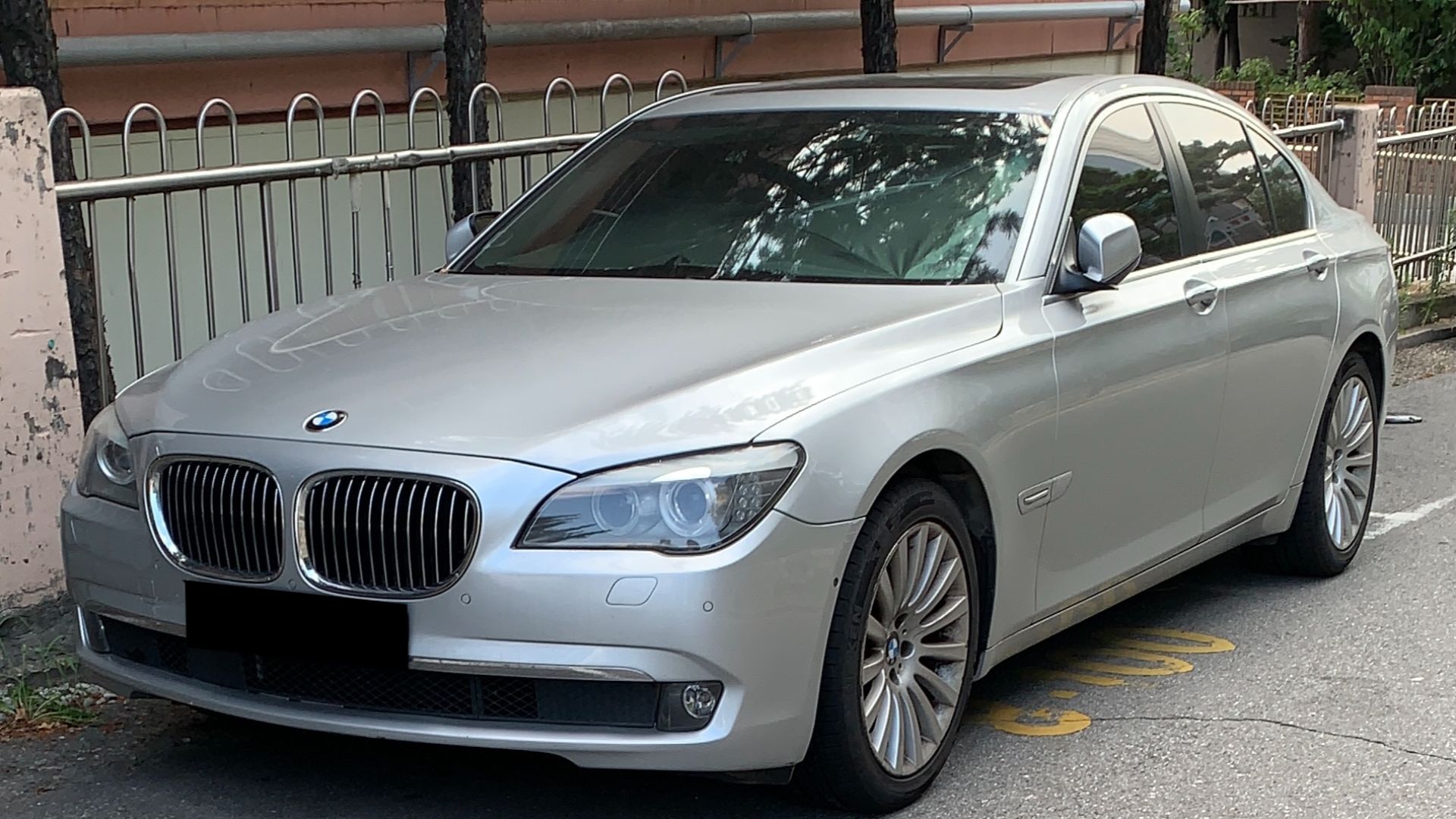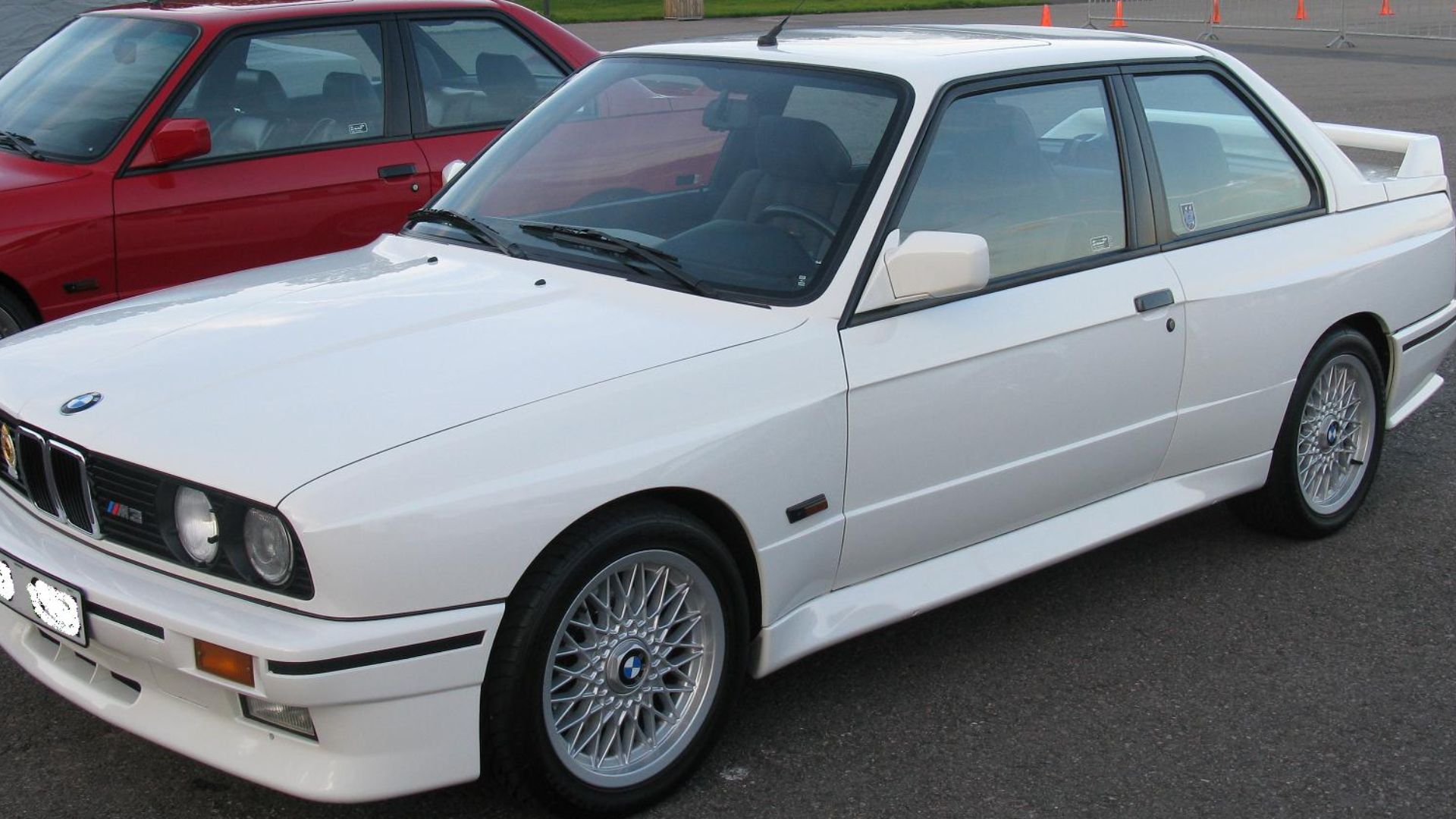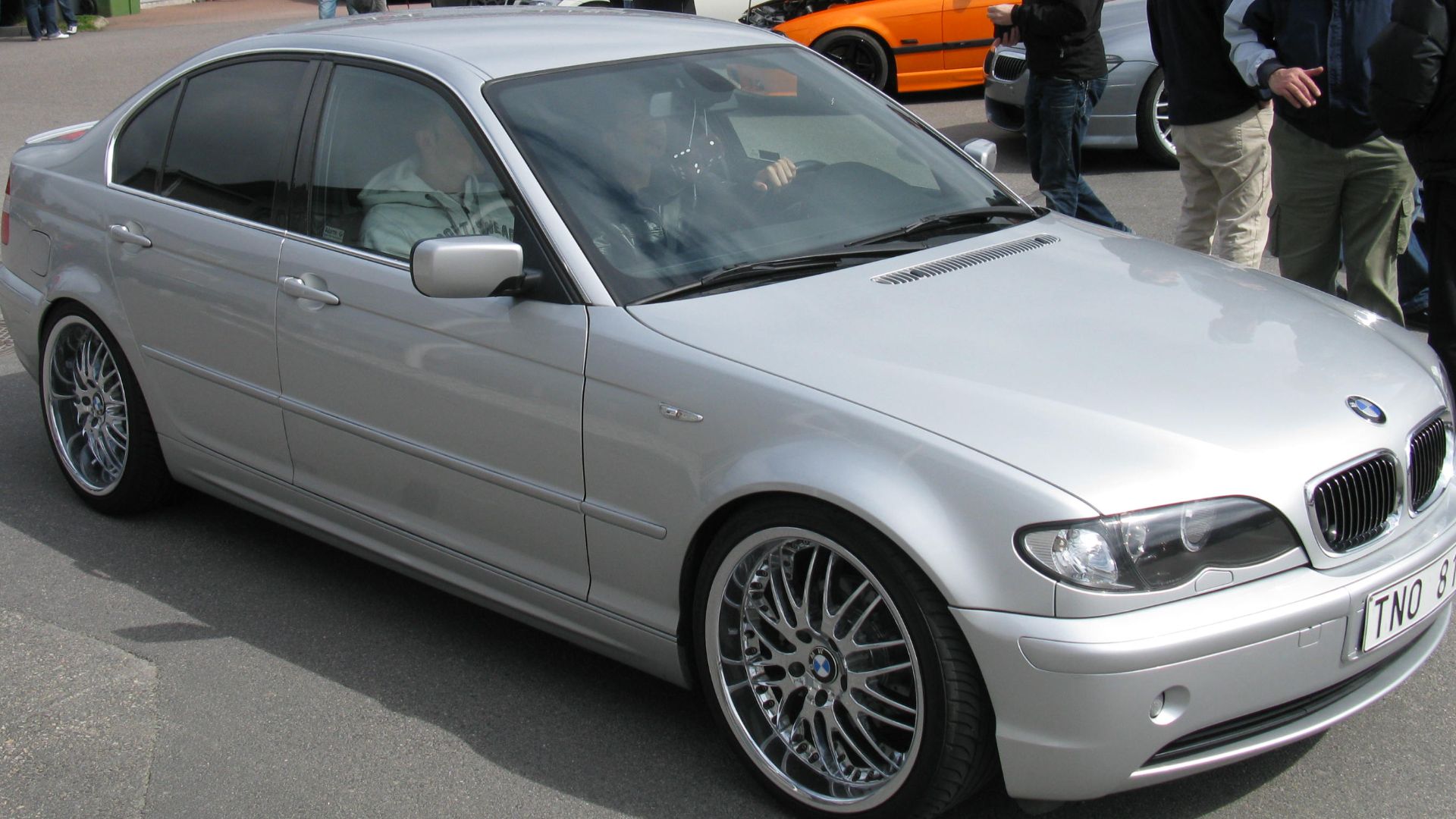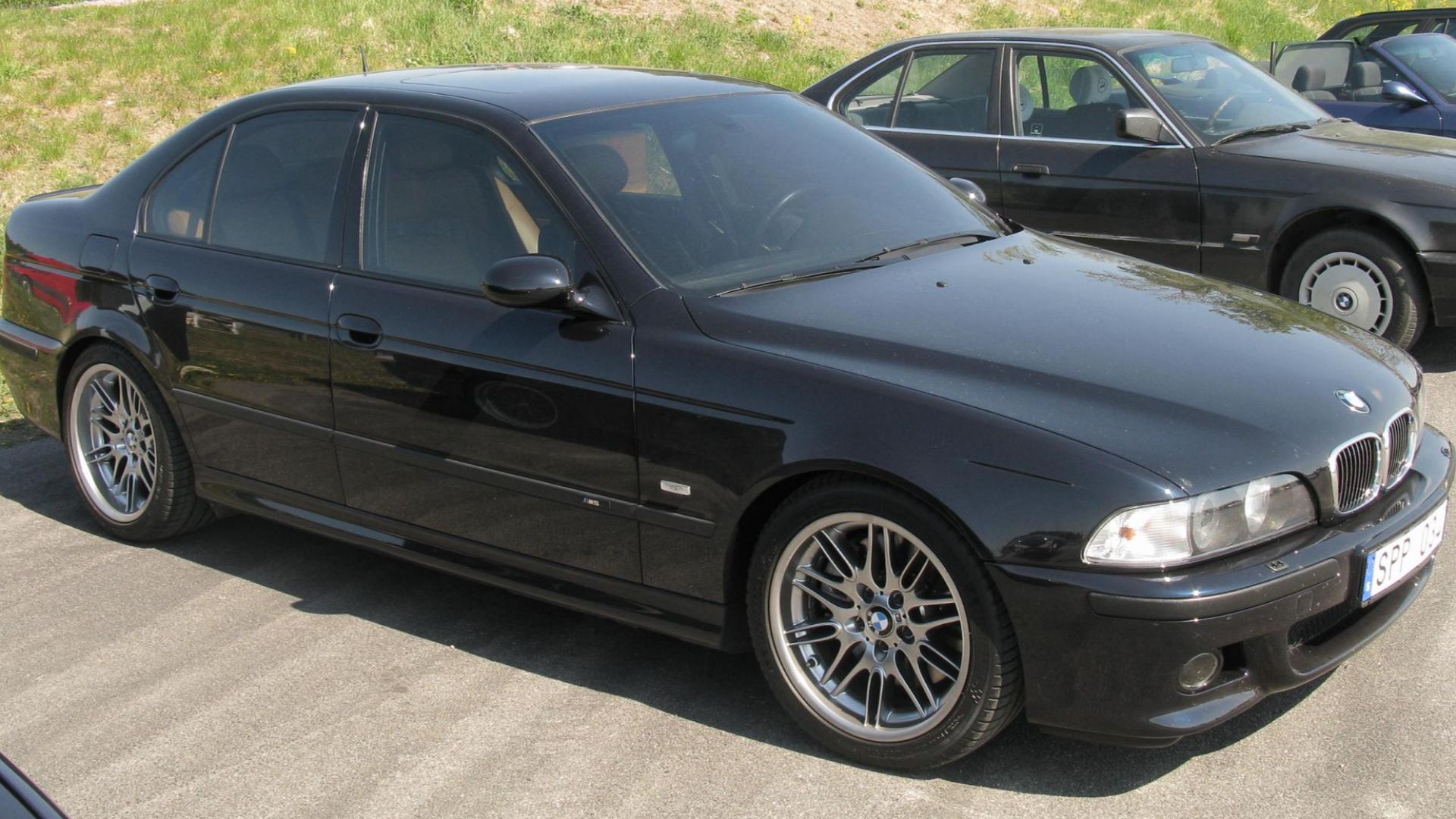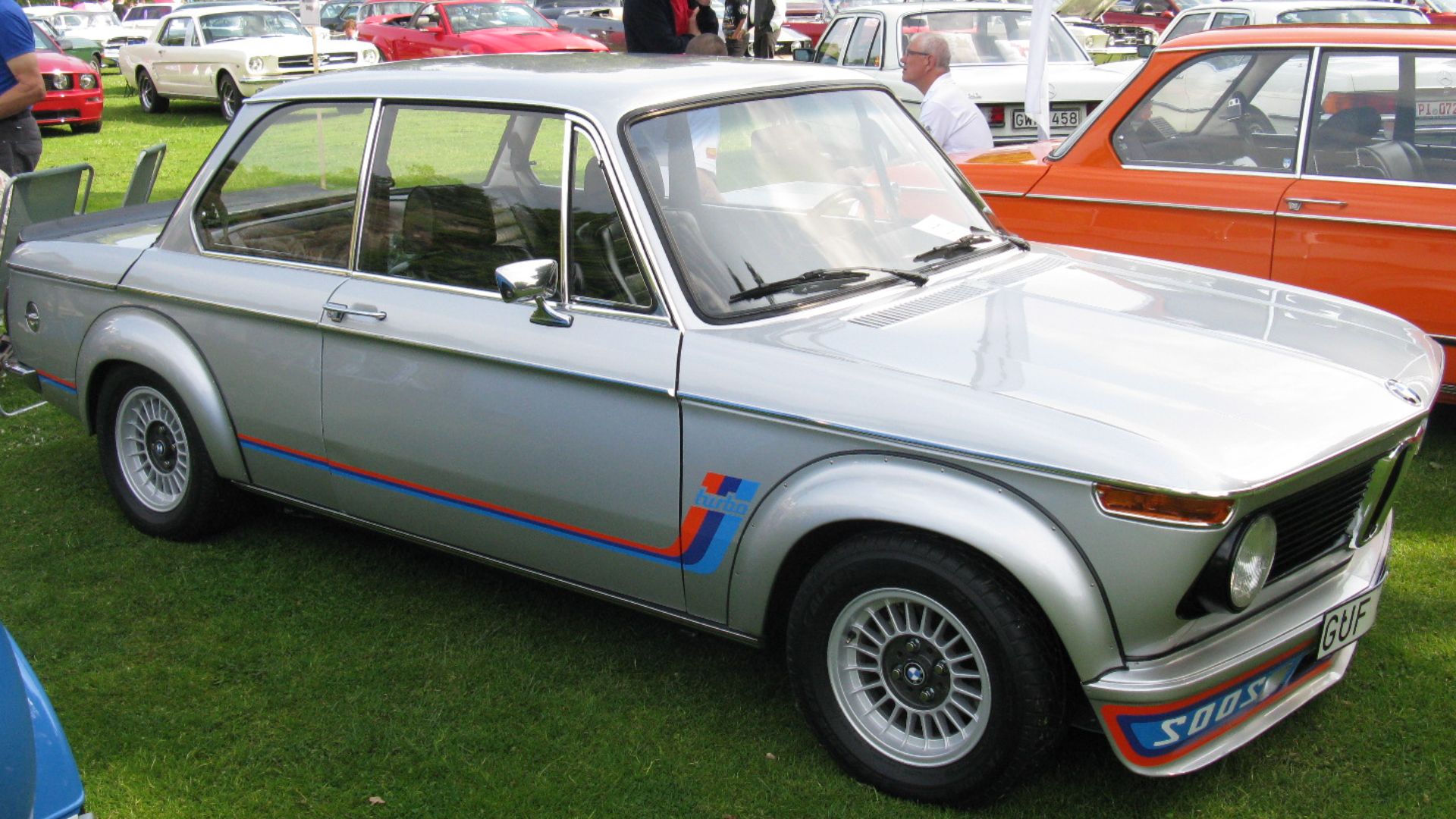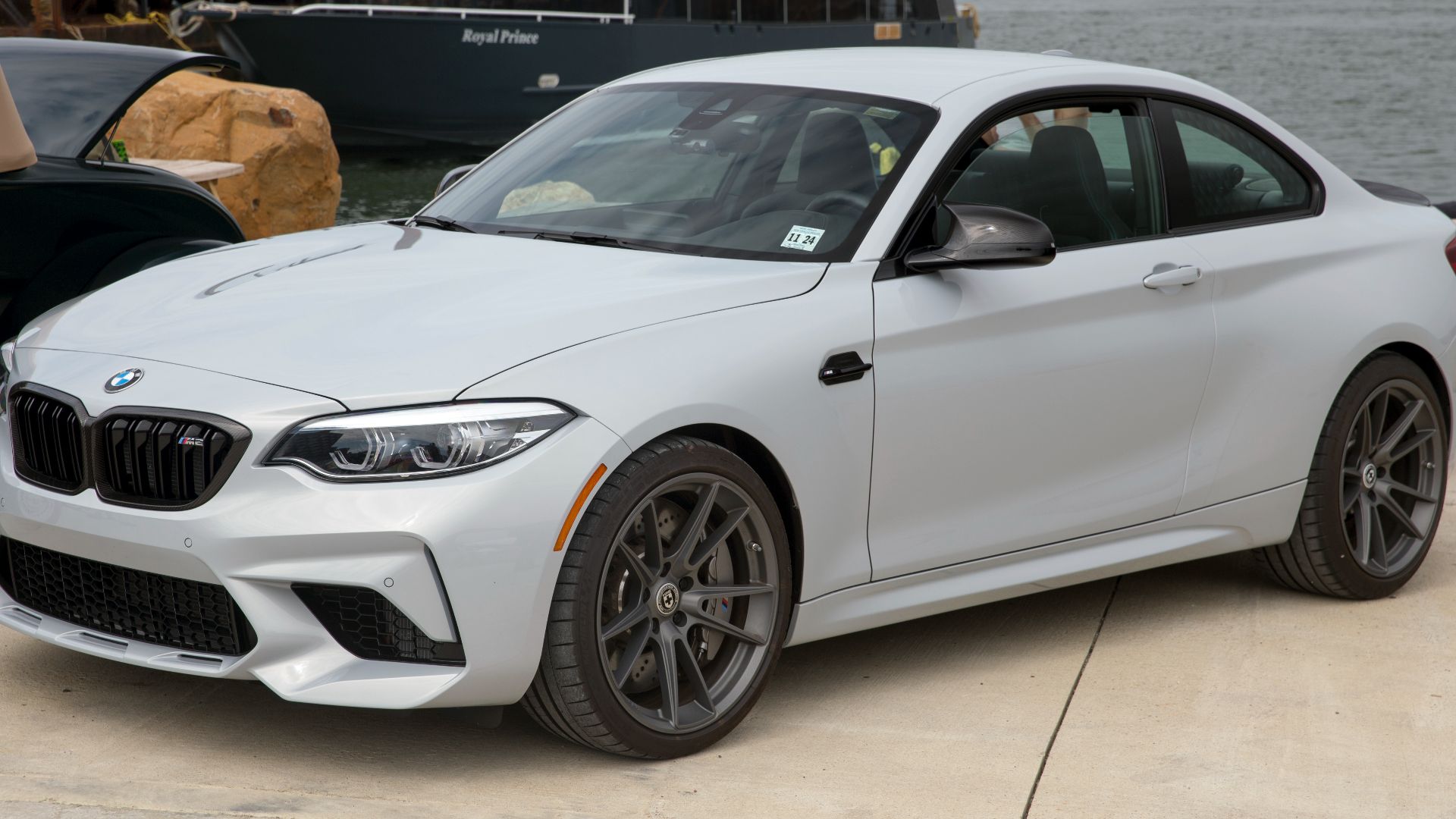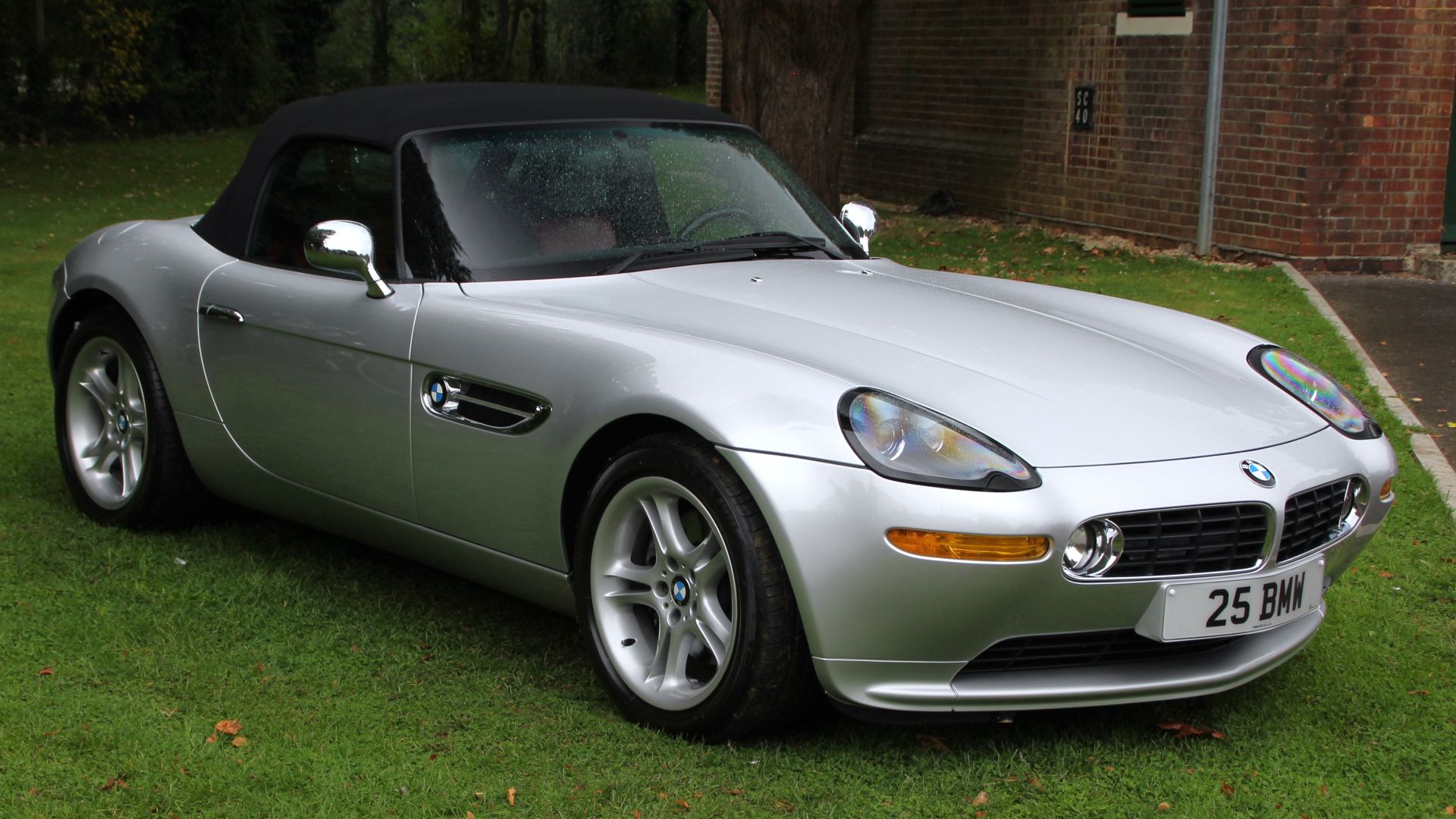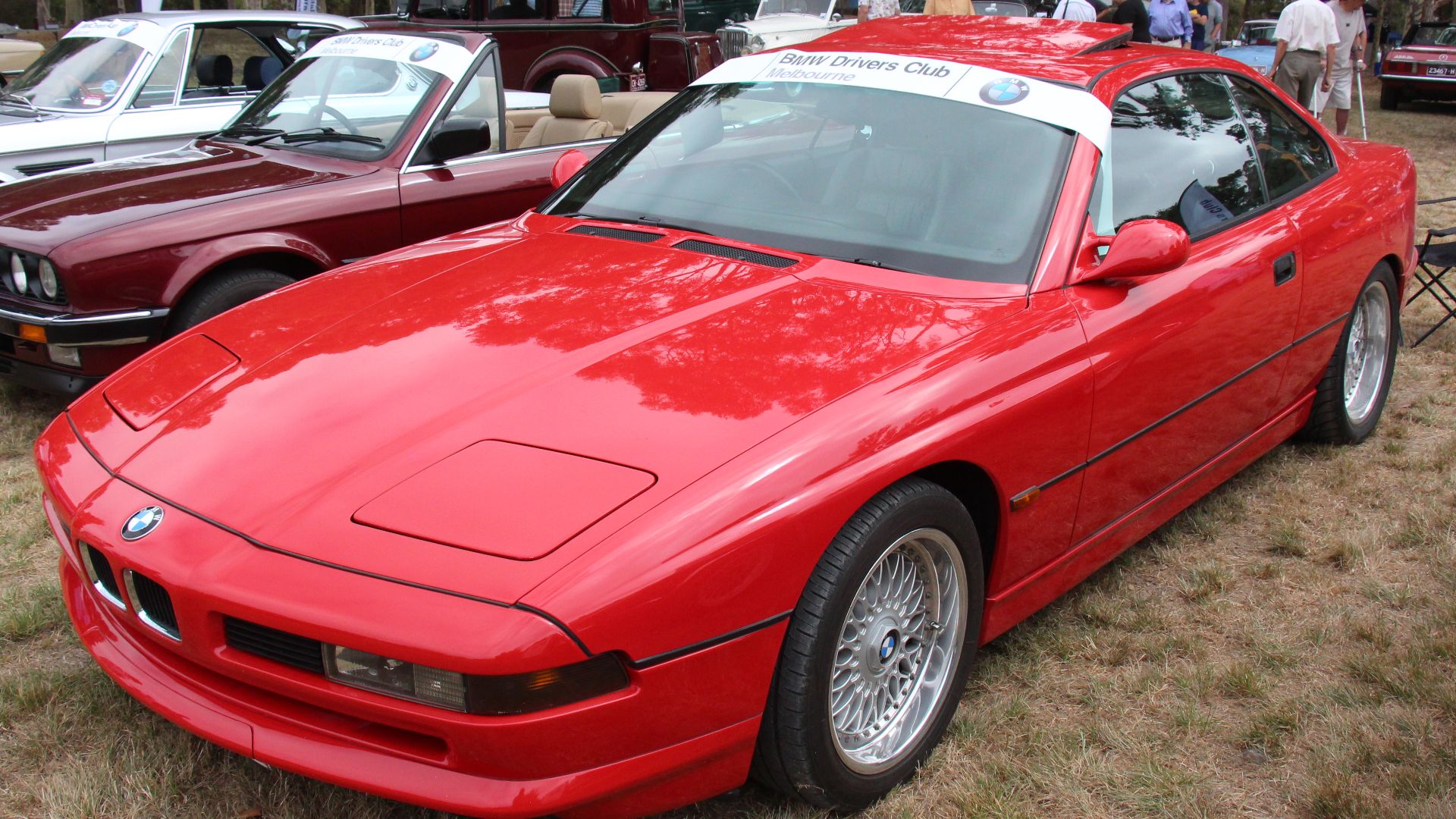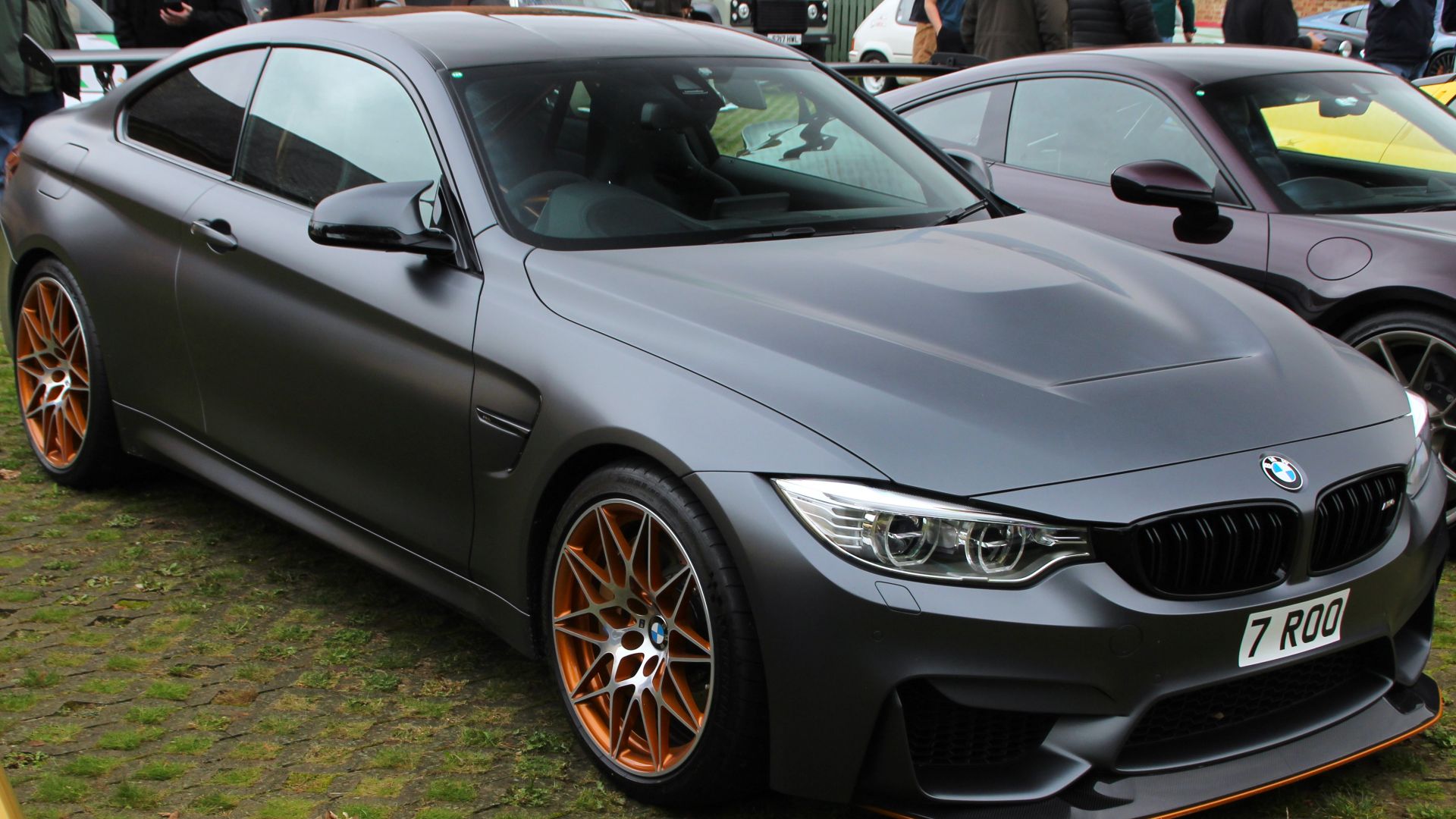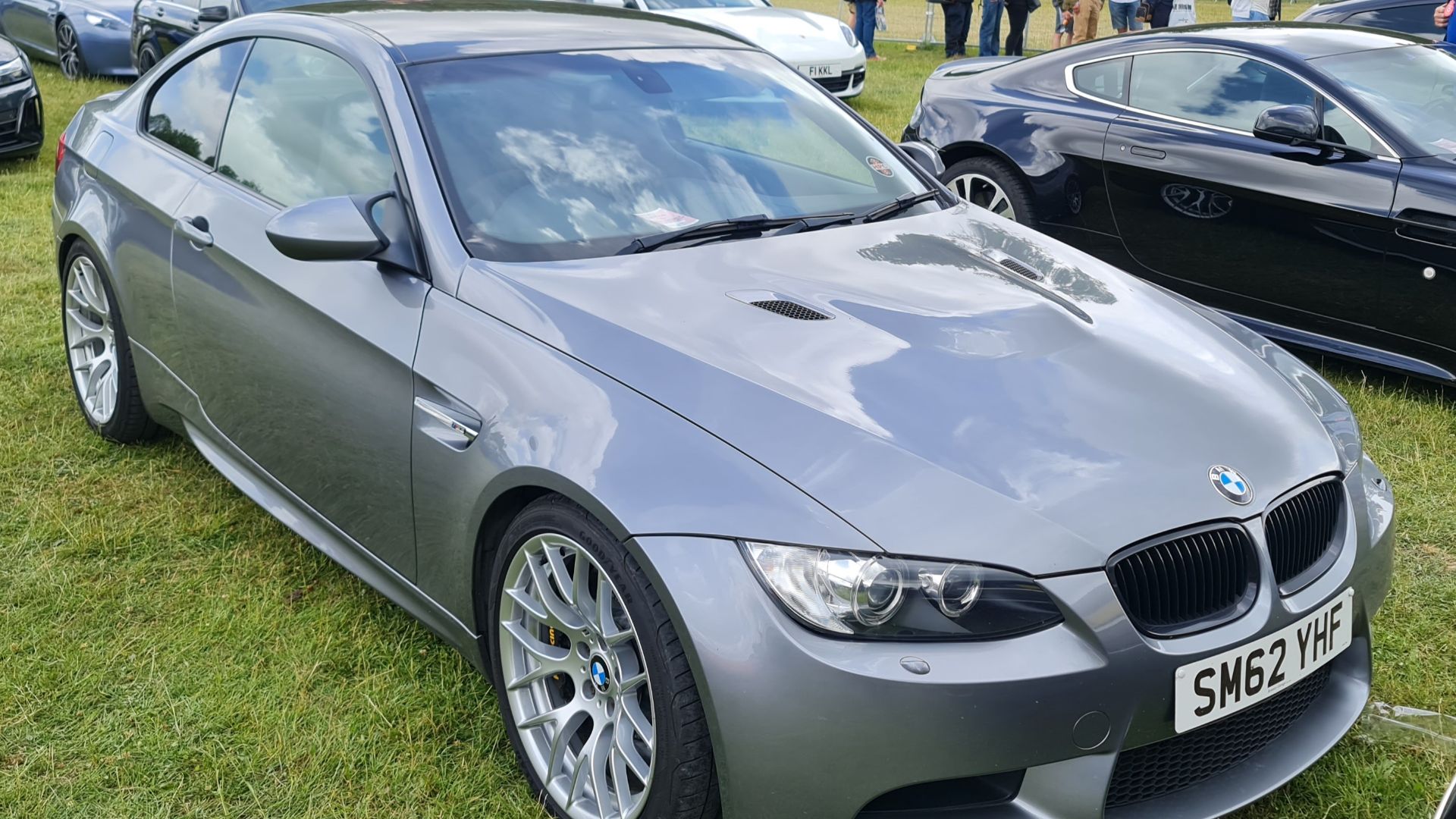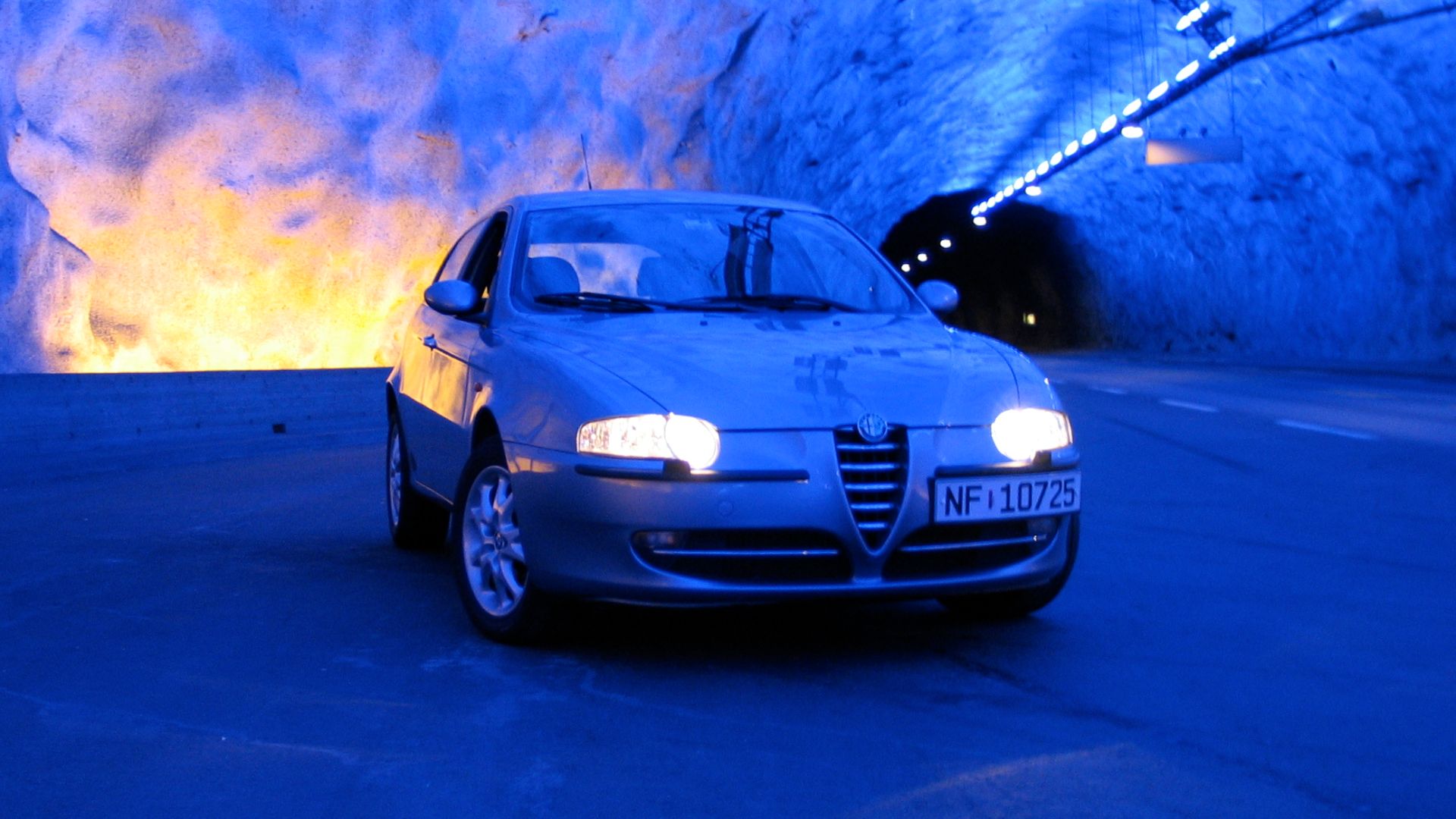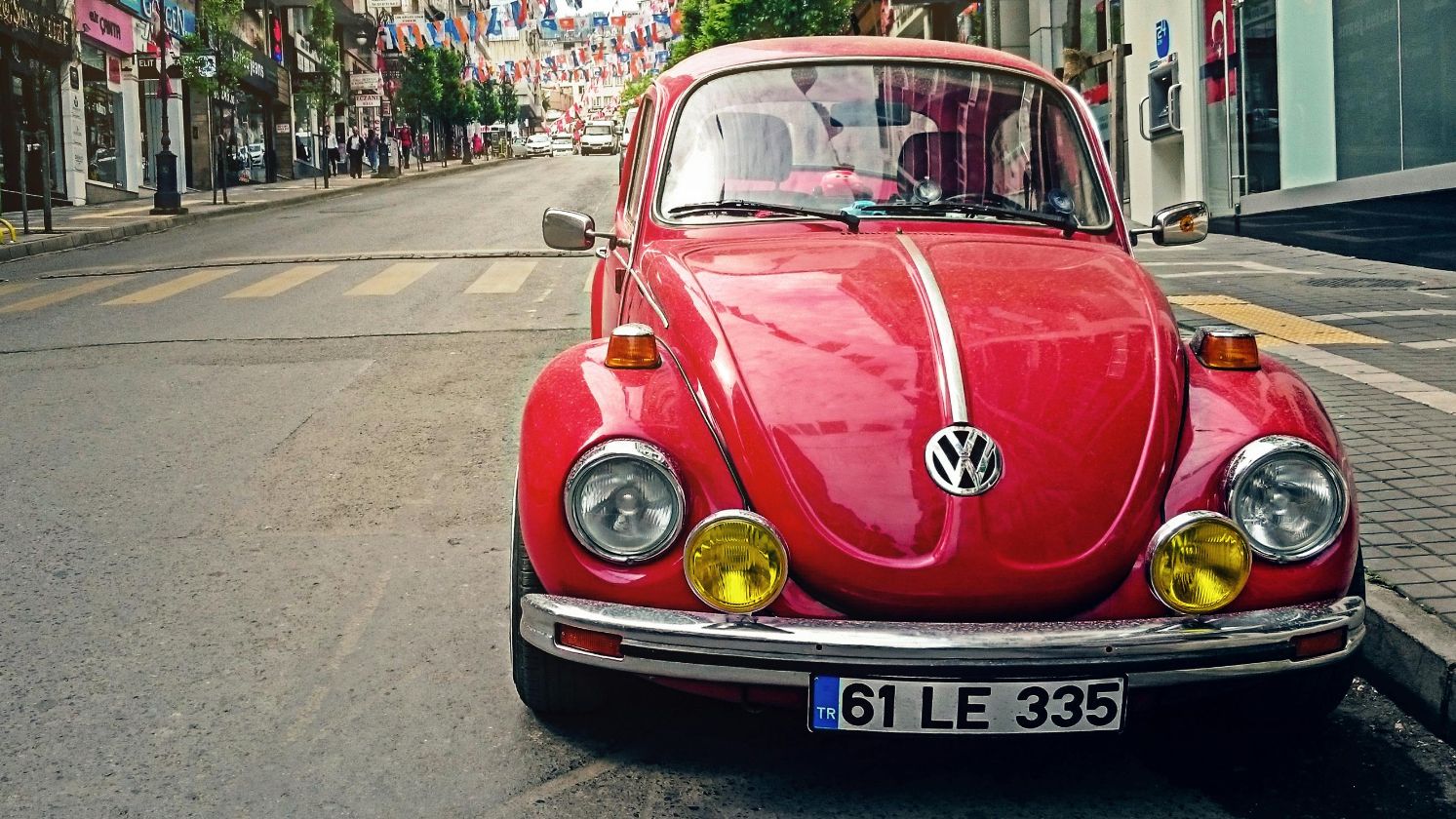The Full BMW Experience
BMW has built a reputation for delivering performance and luxury, but not every model has lived up to the hype. Some cars left drivers disappointed and wanting more, while others were way ahead of their time and regularly over-delivered. It’s a messy, fascinating lineup. But first, let’s talk about the 10 cars that missed the mark.
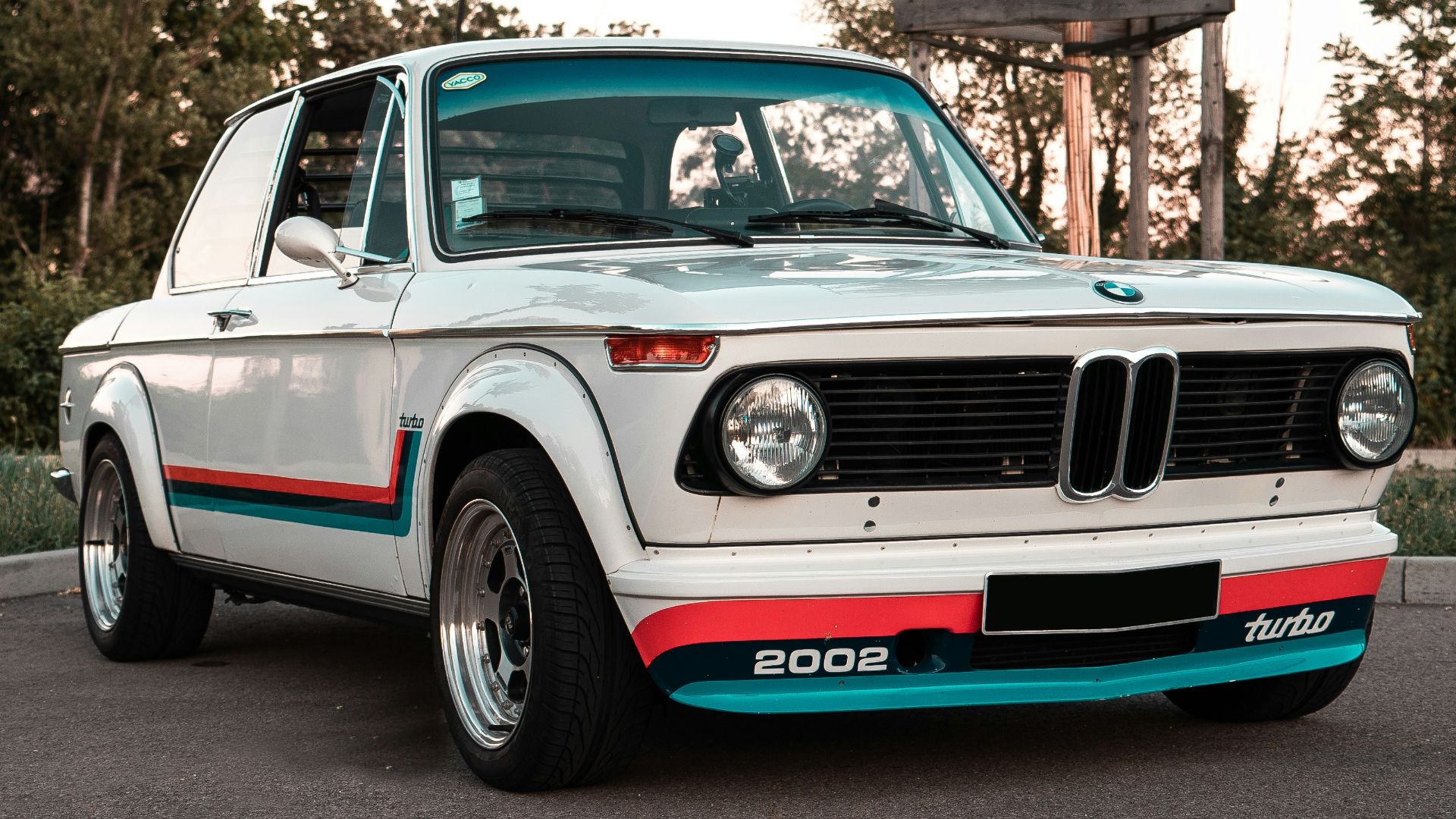 Alexis AMZ DA CRUZ on Unsplash
Alexis AMZ DA CRUZ on Unsplash
1. BMW 7 Series (E65)
This was BMW’s moonshot in 2001, and it backfired. The E65 introduced the iDrive system, a tech leap that proved far too clunky and confusing for buyers. Combined with Chris Bangle’s controversial rear-end design and persistent reliability issues, the flagship sedan quickly became a tale of over-engineering.
2. BMW X6 First Generation
Have you ever driven a “Sports Activity Coupe” that sacrifices rear visibility for style? That’s the first-gen X6. Launched in 2008, it sparked confusion: too big for agility, too cramped for utility. Critics slammed its awkward proportions and lack of practicality.
3. BMW 318ti Compact
BMW’s 318ti targeted budget-conscious drivers in the mid-’90s with rear-wheel drive and hatchback function. However, the cut-down E36 platform felt cheap, the 4-cylinder engine lacked punch, and its stubby tail reminded many of basic economy cars, leaving U.S. buyers unimpressed.
4. BMW 5 Series GT
This model tried to blend sedan and SUV traits. The result? An odd-looking machine with a high beltline and confused identity. It neither handled like a sedan nor offered the cargo space of a crossover. While it sold modestly in some markets, its sales lagged behind traditional sedans and SUVs.
5. BMW X3 First Generation
Released in 2003, the original X3 was a smaller sibling to the X5 (at least in theory). Reality hit hard: the ride quality was punishing, and early models lacked refinement. It wasn’t until the second generation that BMW corrected course and found its footing.
6. BMW 525i (2004–2007)
Part of the E60 5 Series, this mid-tier model was underwhelming. The naturally aspirated inline-six struggled to motivate the car’s growing mass. Paired with early electronic throttle and software issues, it led many owners to question BMW’s balance between luxury and reliability during that era.
7. BMW X1 First Generation
Despite being marketed as a premium compact SUV, the original X1 compromised on ride quality. Built on BMW’s older E90 3 Series platform, it shared its underpinnings with the E90 sedan, adapted for SUV use. The interior space was tight, and it lacked the finesse expected.
8. BMW Z3 Roadster Base
The Z3 had the right look, but entry-level versions didn’t deliver the expected performance. The early 1.9-liter four-cylinder felt sluggish, and handling lacked the sharp edge of a true BMW roadster. Interior plastics felt cheap for the brand, and overall build quality, while solid, wasn’t the best in class.
9. BMW 745i With IDrive
The 745i debuted in 2002 with the first-generation iDrive system, intended to revolutionize in-car tech. Instead, it frustrated users with buried menus and a steep learning curve. Software glitches and hardware failures were common. Paired with a complex V8 and glitchy electronics, it was tough to own.
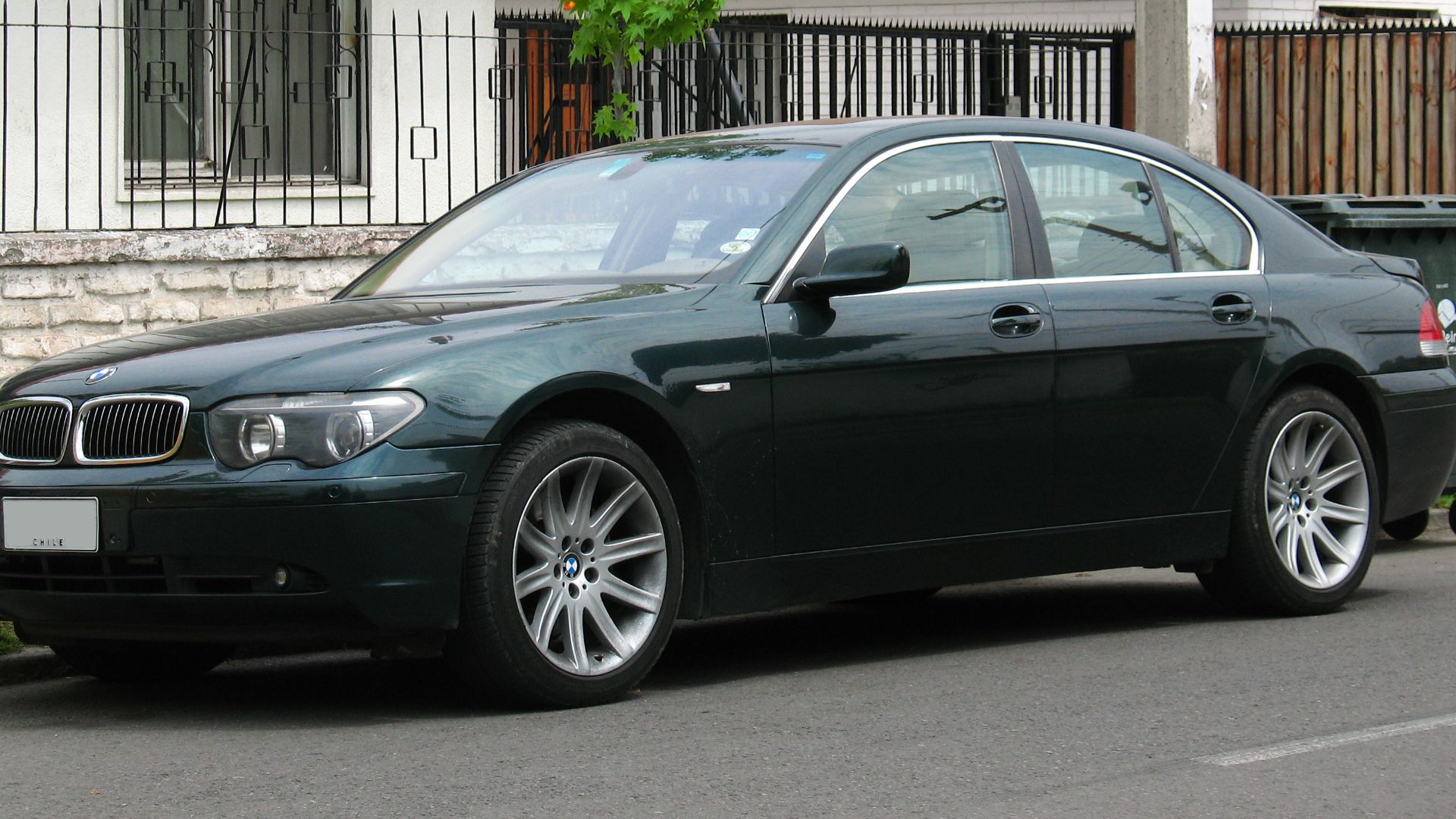 order_242 from Chile on Wikimedia
order_242 from Chile on Wikimedia
10. BMW 750Li (2006)
At the top of BMW’s luxury offerings, the 750Li promised power and prestige. However, its 4.8-liter N62 V8 engine suffered from oil leaks and high maintenance costs. Worse, its electronic systems (air suspension, infotainment, comfort features) were notoriously failure-prone.
The disappointments are out of the way. Now, let’s talk about the machines that lived up to the hype. These are the BMWs that still turn heads and stir hearts.
1. BMW M3 (E30)
It redefined what a sports sedan could be. The E30 M3 was born out of homologation rules in the late '80s. Its rev-happy four-cylinder and razor-sharp steering turned heads and corners alike. Today, it’s among the most collectible BMWs ever made.
2. BMW 3 Series (E46)
The E46 was built from late 1997 through mid-2006, with U.S. sedans landing in 1999. It quickly set the standard for entry-level luxury with its sharp steering and balanced ride. Inline-six engines added to its appeal as a true driver’s car.
3. BMW M5 (E39)
Understated and lethal, the E39 M5 housed a 4.9-liter V8 beneath a business suit. It offered 394 horsepower and a six-speed manual at a time when competitors relied on automatics. Built between 1998 and 2003, this sedan is still revered for its analog feel.
4. BMW 2002 Turbo
The BMW 2002 Turbo debuted in 1973 as Europe’s first turbocharged production car. It offered sharp acceleration, raw feedback, and bold racing-inspired looks. BMW produced just 1,672 units between 1973 and 1974, making it a rare performance icon.
5. BMW M2 Competition
Not every modern M car gets it right, but this one did. Introduced in 2018, the M2 Competition used the twin-turbocharged S55 engine from the M4, giving it 405 hp and explosive character. Tight proportions and sharp steering earned it widespread praise from purists and reviewers.
6. BMW Z8 Roadster
The Z8 was a tribute to the legendary 507. It paired retro design with the E39 M5’s V8 and a six-speed manual. Limited production and aluminum construction added to its temptation. Today, this 2000–2003 roadster is a certified modern classic.
7. BMW 8 Series (E31)
This luxury grand tourer broke new ground in 1989 with pop-up headlights and advanced electronics. BMW’s first V12 coupe with an available six-speed manual, the car impressed with engineering ambition. Though expensive and complex then, it has since found a loyal base of admirers and collectors.
8. BMW M4 GTS
Track-focused and limited, the M4 GTS was no regular coupe. With water injection tech and adjustable suspension, it combined performance and precision. Just 803 units were built globally, each delivering 493 horsepower, matching its aggressive look.
9. BMW M1 Supercar
Developed with Lamborghini in the late ’70s, the M1 was BMW’s first and only mid-engine supercar. Built for Group 4 and 5 racing, it carried a 3.5-liter straight-six tuned for balance and response. Only 453 were made.
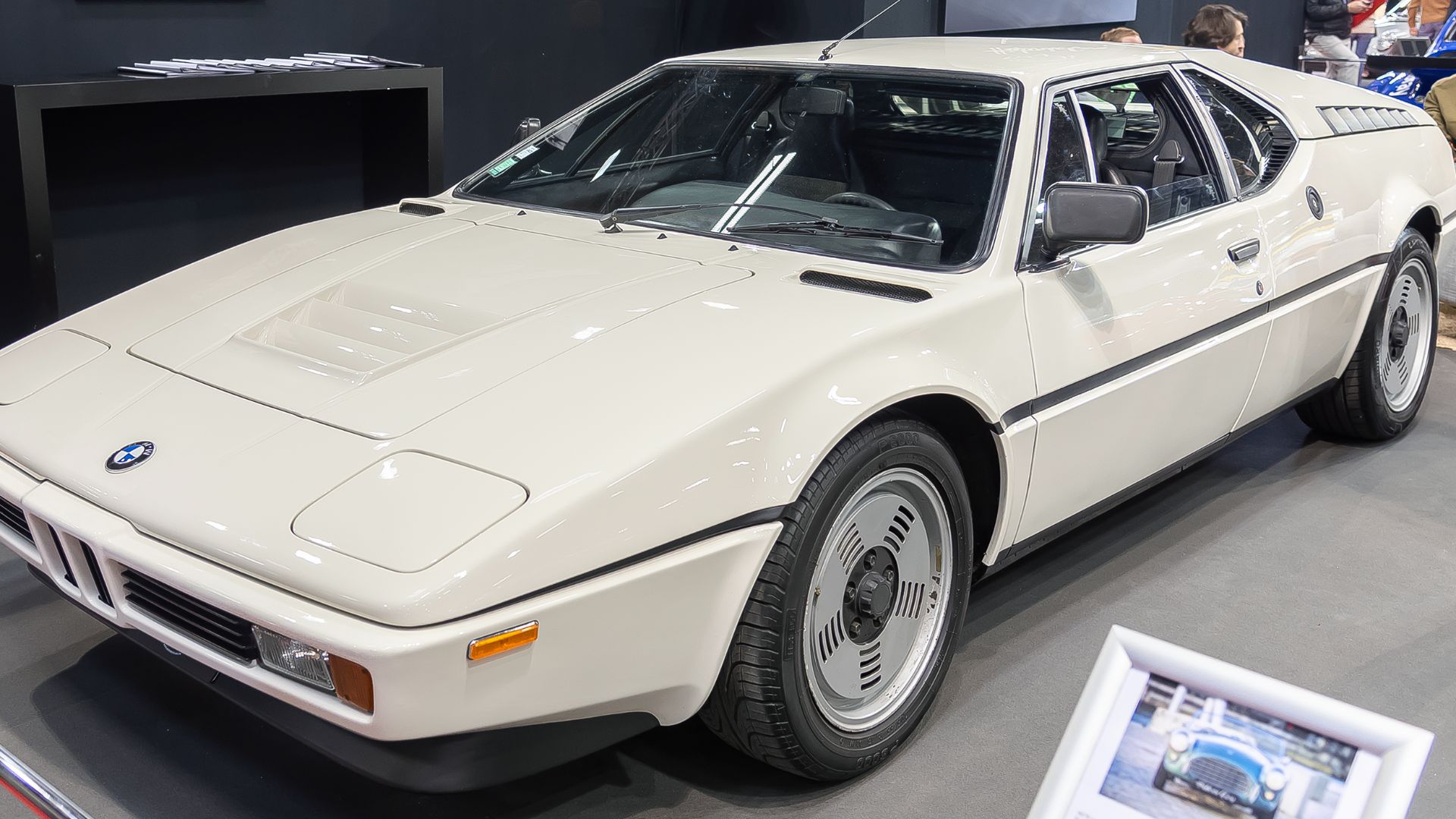 Alexandre Prevot from Nancy, France on Wikimedia
Alexandre Prevot from Nancy, France on Wikimedia
10. BMW E92 M3
The E92 is the sole M3 to feature a V8 engine, setting it apart from the rest. Its 4.0-liter S65 engine revved to 8,400 rpm and delivered a symphonic exhaust note. While it strayed from BMW’s inline-six tradition, it gained cult status for breaking the mold.


